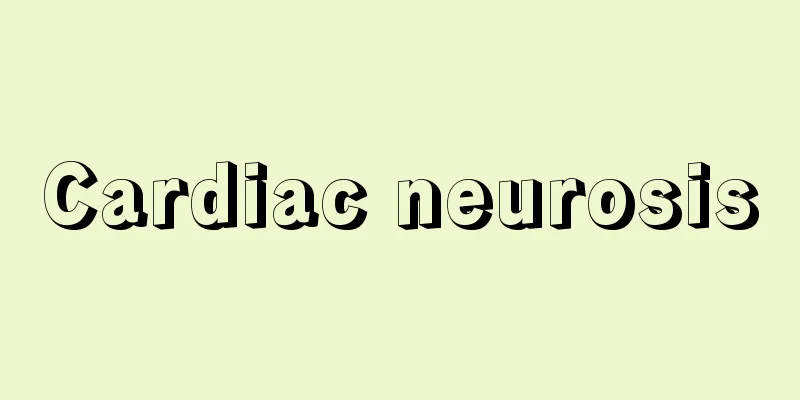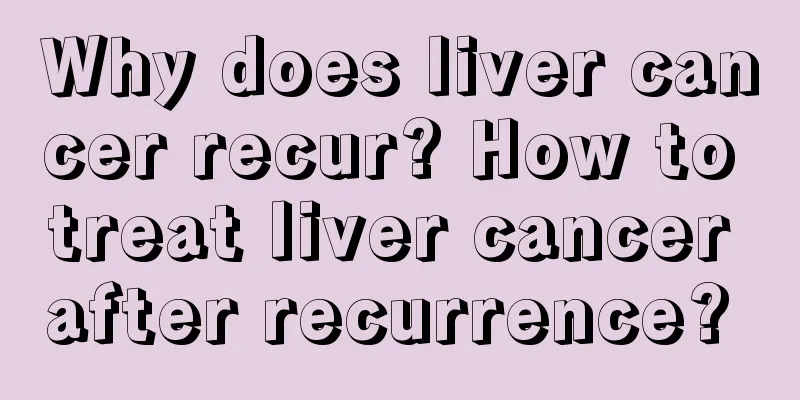What is the process of wound healing?

|
Skin wounds are quite common in our daily life, mostly due to cuts by sharp objects or injuries by blunt objects, etc., which can easily cause damage to the skin and skin tissue. When such injuries occur, we must first pay attention to anti-inflammatory treatment to avoid infection. As the inflammation is removed, cells begin to gradually proliferate and eventually form a scar epidermis, and other tissues will regenerate. In this regard, the human body's regenerative ability is relatively strong. During the wound healing period, you should pay attention to diet and eat more foods that help improve wound healing, such as high-protein foods and foods rich in vitamins and minerals. Acute inflammatory phase The early changes of the wound are varying degrees of tissue necrosis and blood vessel rupture and bleeding in the local area. Within a few hours, an inflammatory reaction will occur, manifested as congestion, serous exudation and leukocyte guerrilla warfare, resulting in local redness and swelling. The main white blood cells are neutrophils, which change to macrophages after 3 days. The fibrinogen in the blood and exudate in the wound quickly coagulates to form clots. The surface of some clots dries to form scabs. The clots and scabs play a role in protecting the wound. Cell proliferation phase After 2 to 3 days of wound contraction, the entire layer of skin and subcutaneous tissue at the edge of the wound moves toward the center, and the wound shrinks rapidly until it stops around 14 days. The significance of wound contraction is to reduce the wound surface. Experiments have shown that wounds can even be reduced by 80%, but the degree of wound reduction in each specific case varies depending on the animal species, wound location, wound size and shape. Scarring stage Granulation tissue hyperplasia and scar formation begin around the third day, with granulation tissue growing from the bottom and edges of the wound to fill the wound. Capillaries grow at a rate of approximately 0.1 to 0.6 mm per day, and their direction is mostly perpendicular to the wound surface and curved in a loop shape. There are no nerves in the granulation tissue, so there is no sensation. Fibroblasts begin to produce collagen fibers from the 5th to 6th day. The collagen fiber formation is very active in the following week, and then gradually slows down. Regeneration of epidermis and other tissues Within 24 hours of trauma, the epidermal basal layer at the edge of the wound proliferates and moves toward the center of the wound under the clot to form a single layer of epithelium covering the surface of the granulation tissue. When these cells meet each other, they stop advancing and proliferate and differentiate into squamous epithelium. |
<<: What are the effects of rambutan?
>>: What is the recovery process of removing a mole with medicine?
Recommend
What should I do if my white T-shirt gets stained
Almost everyone in life has various kinds of whit...
How to treat sweaty armpits
Armpit sweating is a normal phenomenon and everyo...
What to do about prostate malignancy? What are the symptoms of prostate malignancy?
Prostate malignancy, prostate is a male disease d...
The correct way to wash underwear
I believe that many female friends have such dist...
Under what circumstances can moles be removed?
1. A single mole changes suddenly and rapidly. If...
Hard skin on finger joints
The growth of hard skin on the finger joints is c...
What are the benefits of facial bloodletting
Facial bloodletting can promote blood circulation...
How to match a camel cashmere coat
Whether a person's image is good or not is no...
What to do if you have abdominal distension due to ascites? How to treat it
Ascites is a common liver disease. It is mainly c...
Snacks that are delicious and won’t make you fat
When you are busy at work every day, you will fee...
What are the traditional Chinese medicines for liver cancer pain relief
What are the traditional Chinese medicines for pa...
Can I get pregnant if I have gallbladder cancer?
Every organ is very important to us, just like th...
What are the early symptoms of a brain tumor?
The damage caused by brain tumors is quite seriou...
What to do if bladder cancer recurs after surgery
There are many reasons for the recurrence of blad...
Where should I apply moxibustion for cold and sore throat
Moxibustion is currently a popular form of massag...









